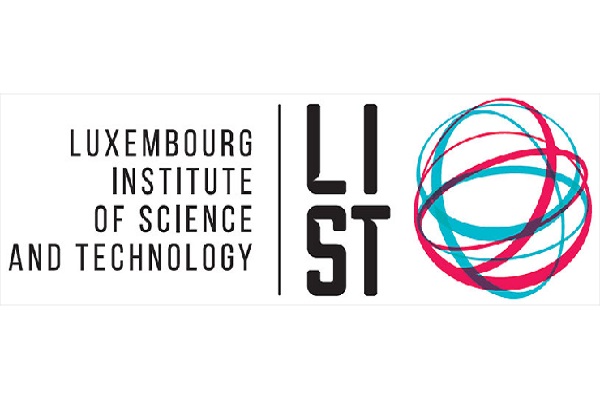
The Luxembourg Institute of Science and Technology (LIST) and STMicroelectronics have announced that they are working together to develop a technology that should enable the monitoring of the presence of volatile organic compounds (VOCs), pollutants that are all around and affect our health.
VOCs include many different substances that are typically found in products such as solvents, adhesives, paints and detergents. They can spread over significant distances from where they are emitted, resulting in direct and indirect impacts on the environment and on our health. Some VOCs are considered major pollutants and contribute to the formation of greenhouse gases. Prolonged exposure to VOCs can cause health problems including headaches and dizziness, eye irritation, skin, nose and throat and even respiratory problems.
In this context, LIST has been working with STMicroelectronics, a global semiconductor leader that develops, manufactures and markets electronic chips (semi-conductors) and integrated sensors. Some of these sensors can measure temperature, pressure or gas presence. Among others, these sensors are used in mobile phones and on-board electronics for aeroplanes and cars. “We are pleased to collaborate with LIST on VOC detection sensors leveraging LIST’s recognised experience in the development of new Materials and Technologies and our extensive sensor expertise”, said Giuseppe Bruno, Innovation Product R&D Design Manager at STMicroelectronics.
The aim of the joint project, which is supported by the National Research Fund (FNR) through the BRIDGES programme, is to create a sensor enabling the detection of VOCs by the end of 2022, with a view to incorporating the technology into Personal Electronics products and Smart Home and Building Automation applications.
The development of this tiny sensor, with a size smaller than one square millimetre, will rely on two Materials technologies developed by LIST. LIST has already proven some concepts of unique low power gas sensor technology relying on a specific Materials architecture. The challenge is now to combine these two technologies and integrate them into the research undertaken by STMicroelectronics. Dr Damien Lenoble, Director of MRT, commented: “It is an honour for LIST to collaborate with one of the world-leading semiconductor companies. This is a strong recognition of our capabilities to accelerate our autonomous IoT roadmap launched two years ago in our Materials Research and Technology –MRT Department”.
The incorporation of selective, sensitive and durable miniaturised gas sensors into personal electronics and Smart-Home and Building-Automation applications will enable users to monitor air quality both indoors and outdoors, thanks to localised, reliable and sustainable real-time readings. Depending on the outcome, users can take simple measures to minimise their exposure, such as improving ventilation by opening doors and windows.
The development of this technology is expected to pave the way for the creation of a relatively dense network of dispersed pollutant sensors, making it possible to monitor and analyse air quality on a wide scale.








